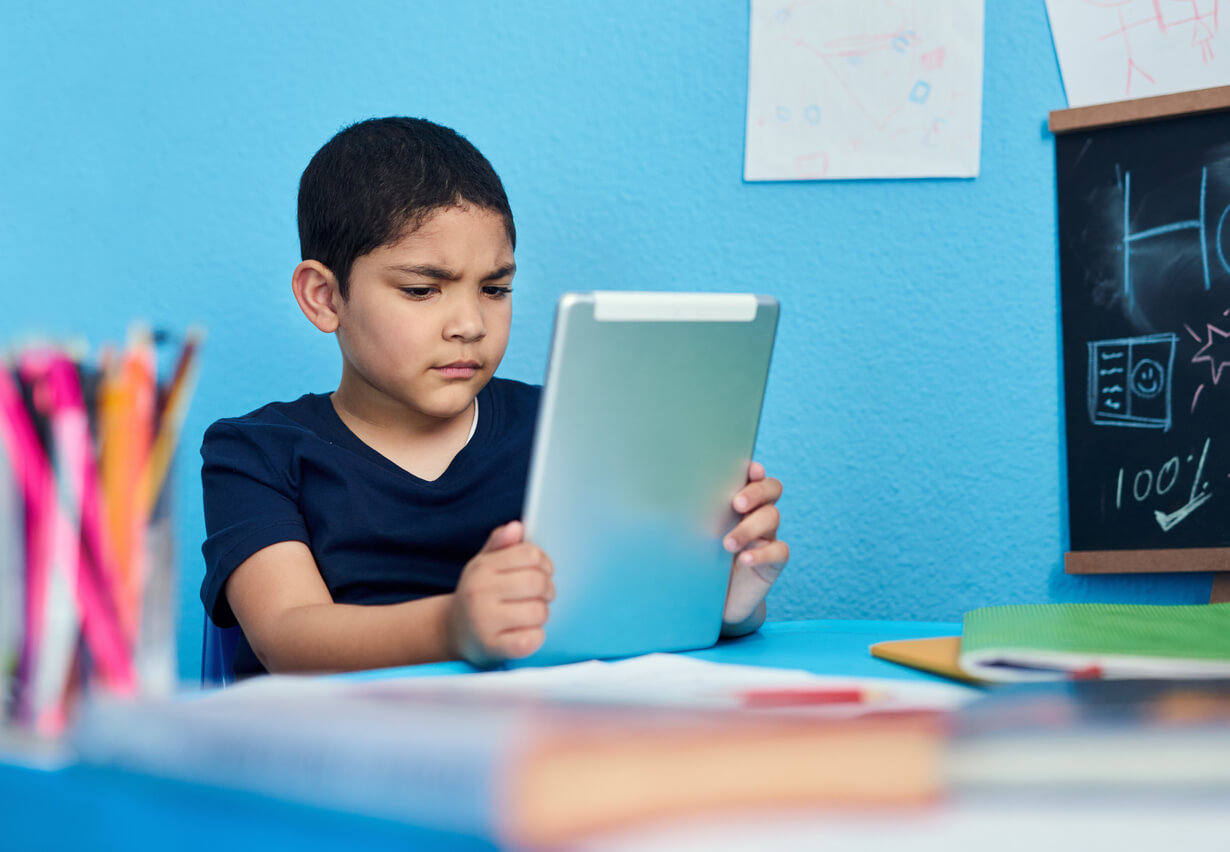As OT month progress, we continue to explore our senses, and in this article, specifically our visual sensory processing. In case you missed the first part of this series, be sure to read up on What is Sensory Processing?
What is Visual Processing?
As you might imagine, visual processing is the intake of sensory input from your eyes. Your sense of sight is how we interpret what is seen in front of us. Visual processing is different than acuity. A child or adult might have 20/20 vision, but still experiences difficulty with interpreting visual information. This is because visual processing involves how the brain discriminates between visual input, visual memory, as well as the integration between vision and coordination of the movements of the body. Visual processing problems are often identified during a child’s early elementary education when they are learning how to read, write, play, and complete their daily routines
Over-responsive
A child who is over-responsive to visual input might show signs like often squinting or covering their eyes in the presence of bright or fluorescent light. You might notice them struggling to make and maintain eye contact. In school, kids with visual processing difficulties might have a hard time copying notes from the board to their book and often losing their place in writing or reading, or become overwhelmed in busy environments. Kids who are over-responsive to visual stimuli are often easily distracted by movement, toys, or windows.
Under-responsive
When an individual is under-responsive to visual stimuli, they show symptoms such as seeking out bright lights, toys that spin, or objects with sparkles or reflections. In an academic setting, children with visual processing impairments have difficulty with handwriting, like pacing and sizing of letters and shapes. At home, you might notice your child having trouble locating items in their room or in the fridge. They may, at times, misidentifying colors or shapes. It is common that visually under-responsive kids might mix up right and left sides during dressing or bumping into objects in their environment frequently.

Strategies for Over-responsive
- Move seating away from direct overhead lighting or offer a baseball cap
- Print on natural white, rather than bright white, paper
- Do not force eye contact
- Eliminate clutter or hanging decorations
- Use privacy folders to encourage focus
- Use a second piece of paper or tagboard during reading or homework to cover up the information that comes next
- Avoid having the child look at devices or books while driving
Strategies for Under-responsive
- Move seating to front of classroom to support visual attention
- Using bright visual boundaries, like floor tape, to hone in attention
- Color code books, games, or supplies
- Allow kids to access their preferred visual stimulus before focus-time.
Stay tuned for our next blog article which will be discussing Auditory sensory processing.
MeBe Occupational Therapy Services
To learn more about Sensory Processing, watch the recorded MeBe Learning Webinar, All About Sensory Processing.
If you’re ready to learn more about Occupational Therapy, Applied Behavior Analysis, Speech and Language Pathology or Feeding Therapy services at MeBe, contact us today.
For helpful tips from the MeBe therapy team, check out @mebefamily on Instagram and Facebook and visit the MeBe Family YouTube channel.

